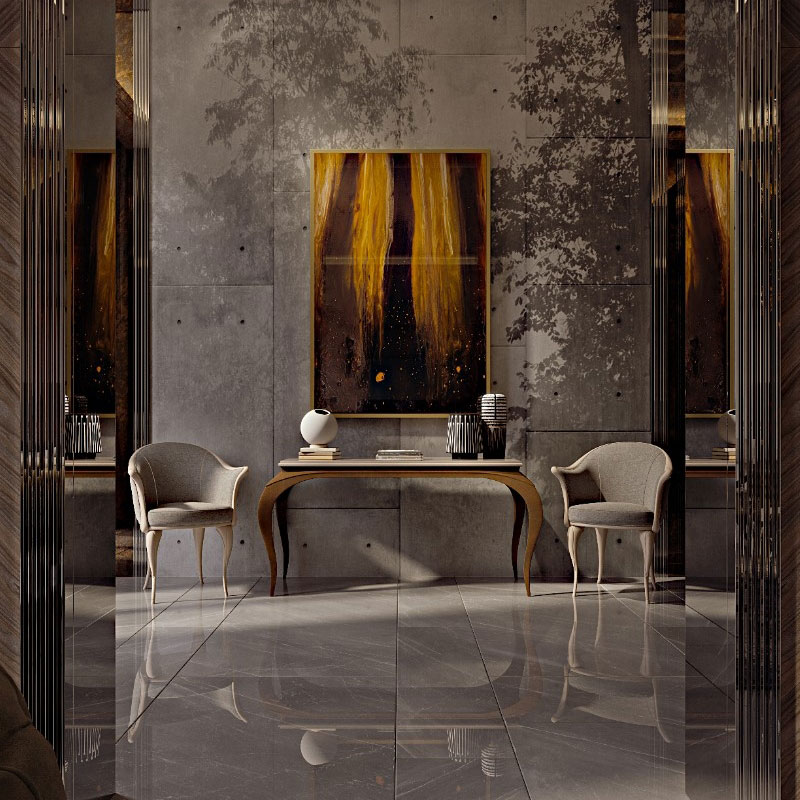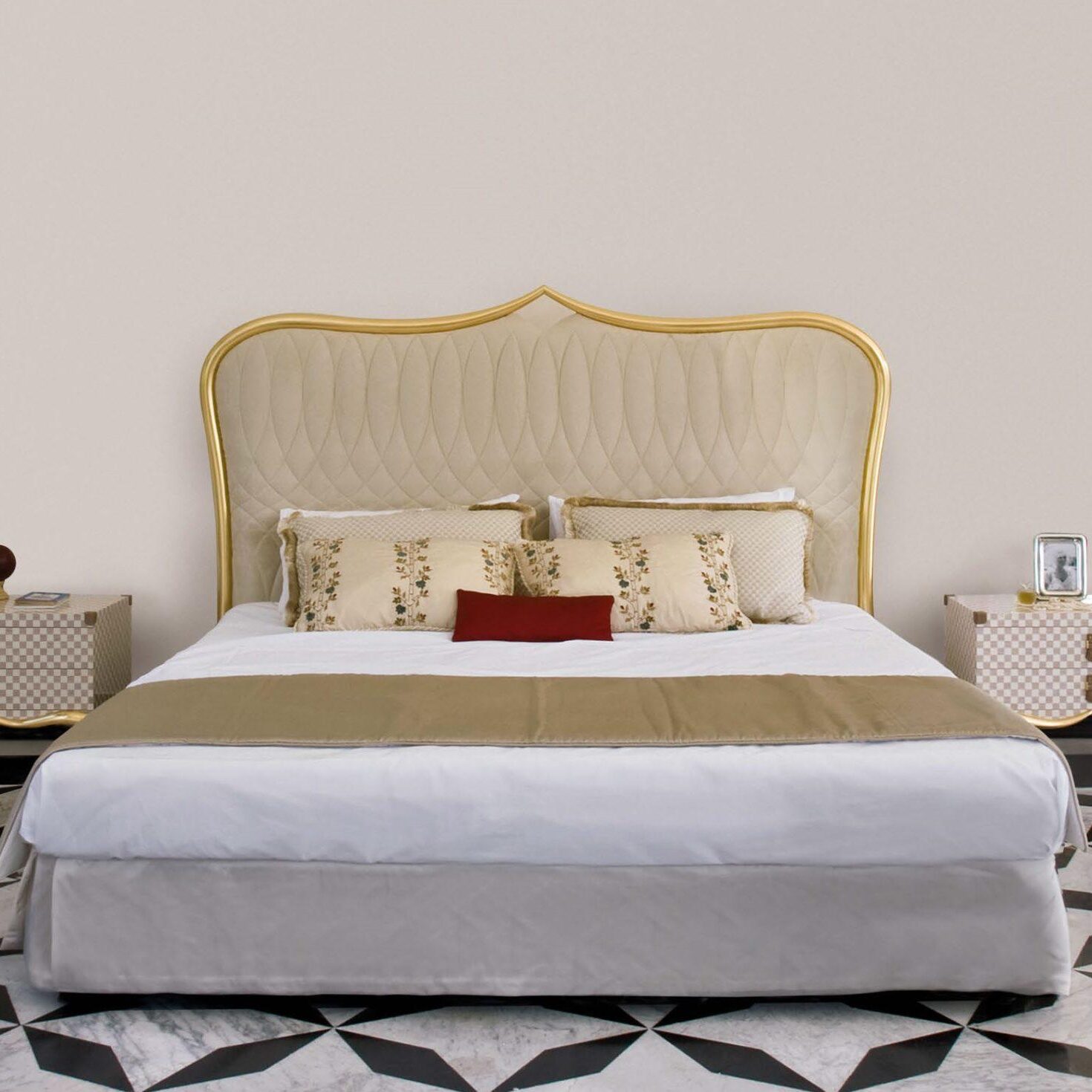Key Takeaways
- Heritage Craftsmanship: Italian manufacturers produce 40 to 50 percent of the world’s luxury furniture through methods prioritizing longevity over speed, employing dovetail joinery and hand-carving techniques that automated processes cannot replicate.
- Premium Materials: Modern guest chairs feature carefully selected Italian leather, hardwoods with distinctive grain patterns, and refined metals that develop natural patina and character through use rather than showing wear.
- Contemporary Design Excellence: Sculptural forms, asymmetrical backs, and mixed materials create modern guest chairs that function as three-dimensional artwork while delivering exceptional comfort and visual impact.
- Customization Capability: Extensive material libraries and dimensional flexibility allow modern guest chairs to integrate seamlessly into specific environments rather than forcing spaces to accommodate generic solutions.
- Investment Value: Quality Italian furniture delivers superior cost per year of service compared to alternatives requiring frequent replacement, while environmental benefits of durable materials reinforce the economic case.
Your choice of seating speaks volumes before conversations begin.
In hospitality venues, corporate lobbies, and refined residential settings, modern guest chairs establish the tone for every encounter. They reveal design sensibilities, communicate values, and demonstrate your commitment to spaces where people gather. Yet selecting pieces that balance visual impact with enduring comfort requires discernment.
Italian furniture makers have perfected this equilibrium through centuries of refinement. Today, their approach to modern guest chairs merges heritage techniques with contemporary aesthetics, creating seating that functions as sculptural art while delivering unexpected comfort. This synthesis of tradition and innovation produces pieces that mass production cannot replicate.
The Italian Advantage in Luxury Seating
Italian manufacturers produce between 40 and 50 percent of the world’s luxury furniture. This dominance stems from an unbroken chain of knowledge extending across generations, where craftsmen refine materials, techniques, and design philosophy with each passing decade.
The distinction between Italian craftsmanship and industrial furniture production emerges in the details. Where factories optimize for speed and volume, Italian workshops prioritize longevity and material expression. Where mass production demands standardization, Italian methods embrace customization as fundamental practice.
Consider the construction techniques. Dovetail joinery creates structural integrity without adhesives, allowing wood to expand and contract naturally across decades. Hand-carving adds dimensional depth that automated routing cannot achieve. Inlay work transforms functional elements into visual focal points through contrasting woods, metals, and stones.
These methods require time and material knowledge accumulated over generations. They resist efficiency pressures that drive contemporary manufacturing. That resistance produces modern guest chairs that improve with age rather than deteriorate.
Materials That Define Contemporary Luxury
Italian furniture makers select materials with jeweler-like precision. Walnut receives scrutiny for grain patterns that create natural movement across seat backs. Cherry wood brings warmth that deepens into rich amber tones through years of exposure. Olive wood offers durability with distinctive figuring that renders each piece unique.
Metal components command equal attention. Brass develops a patina that chronicles human interaction. Stainless steel provides structural support with visual lightness. Bronze adds weight and presence that grounds sculptural forms.
Then comes the textiles. Italian leather remains unmatched for seating surfaces, offering suppleness synthetic materials cannot replicate. The material breathes, adapts to body temperature, and develops character through use. Silk and velvet upholstery options bring tactile luxury to formal settings, creating sensory experiences that elevate entire rooms.
These material choices reflect a fundamental philosophy: furniture as long-term investment rather than disposable commodity. Craftsmen select materials that age gracefully, developing patina and character absent from mass-produced alternatives.
Contemporary Design Meets Traditional Technique
The current landscape for modern guest chairs emphasizes sculptural forms that balance visual impact with functional comfort. Design trends for 2025 favor unusual shapes, asymmetrical backs, and organic forms that work as artistic statements.
Italian manufacturers excel in this territory. Their heritage in sculptural thinking, developed through centuries of artistic tradition, translates naturally to furniture that commands attention without sacrificing usability. A modern guest chair becomes more than seating—it functions as three-dimensional artwork inviting interaction.
The trend toward modern minimalism creates particular opportunities for Italian craftsmanship. Clean lines and thoughtful proportions require precision that hand techniques deliver better than automated processes. The balance between visual lightness and structural integrity demands material knowledge from generational experience.
Mixed materials define contemporary sophistication in guest seating. Upholstered seats paired with distinctive metal legs create textural contrast that adds depth to spaces. Soft fabrics against sleek brass or stainless steel frames produce immediately modern impressions while offering practical benefits.
These combinations require careful calibration. Proportions must balance competing visual weights. Connection points between materials need engineering that remains invisible. The overall form must resolve multiple design tensions simultaneously.
Italian workshops handle this complexity through iterative refinement. Craftsmen build prototypes, test them in real conditions, and adjust details until pieces achieve intended presence and performance. This process cannot be rushed or standardized.
Customization as Competitive Advantage
Mass production optimizes for volume through standardization. Italian furniture making optimizes for fit through customization. This fundamental difference becomes crucial when specifying modern guest chairs for specific environments.
Consider boutique hotel lobbies. They require seating that reflects brand identity while accommodating diverse body types and sitting preferences. Standard catalog options rarely achieve this balance, forcing compromises between aesthetic vision and functional requirements.
Italian manufacturers approach this differently. They maintain extensive material libraries featuring thousands of fabric, leather, and finish options. They engineer frames accommodating dimensional adjustments without compromising structural integrity. They treat each project as an opportunity to solve specific design challenges rather than apply generic solutions.
This flexibility extends beyond surface finishes. Frame dimensions adjust to suit spatial constraints. Seat depths and back angles modify to optimize comfort for specific user populations. Arm heights and styles customized to coordinate with existing furniture collections.
The customization capability matters particularly for designers and architects working on high-end residential and commercial projects. It allows them to specify seating that integrates seamlessly into comprehensive design schemes rather than forcing spaces to accommodate furniture limitations.
Practical Considerations for Luxury Seating
Italian craftsmanship produces modern guest chairs that justify premium pricing through longevity and versatility. Well-constructed pieces remain functional and attractive for decades, often improving in appearance as materials develop natural patina.
This durability creates economic value extending beyond initial purchase price. When calculating cost per year of service, quality Italian furniture often proves more economical than mid-range alternatives requiring replacement every few years.
The environmental argument reinforces the economic case. Furniture built to last reduces waste and resource consumption over time. Materials that age gracefully rather than deteriorate eliminate disposal challenges associated with synthetic components.
Maintenance requirements remain modest despite premium materials. Leather develops character through regular use and occasional conditioning. Wood finishes protect surfaces while allowing natural beauty to show through. Metal components maintain appearance with simple cleaning.
Selecting Modern Guest Chairs for Your Space
The selection process begins with understanding how the space functions. Modern guest chairs in residential entries serve different purposes than seating in hotel lobbies or corporate reception areas. Usage patterns, aesthetic requirements, and practical constraints vary significantly across applications.
Material selection follows function. High-traffic commercial environments benefit from durable leathers and robust frame construction. Residential applications allow for more delicate fabrics and refined details. Climate conditions influence wood species choices and finish options.
Scale matters more than most recognize. Modern guest chairs need to relate proportionally to surrounding furniture and architectural elements. Italian manufacturers understand these relationships intuitively, having spent centuries designing furniture for diverse spatial contexts.
Color and finish selections should consider both immediate impact and long-term evolution. Some materials develop patina enriching appearance over time. Others maintain consistent appearance across years of service. The choice depends on whether you value stability or transformation.
Working with experienced design professionals helps navigate these decisions. They understand material properties, construction methods, and how different options perform in specific applications. They can source pieces meeting exact requirements rather than forcing compromises.
The Value of Heritage in Modern Spaces
Italian furniture making represents an unbroken chain of knowledge transmission extending back centuries. Each generation of craftsmen learns from predecessors while adapting techniques to contemporary contexts. This continuity produces furniture that feels both timeless and current.
Modern guest chairs created through these methods bring that heritage into contemporary spaces. They connect present environments to historical traditions of quality and care. They demonstrate that craftsmanship remains relevant in an age of automation and mass production.
The presence of well-crafted furniture elevates entire spaces. It signals attention to detail and commitment to quality extending beyond surface aesthetics. It creates experiences engaging multiple senses rather than just visual perception.
Your choice of guest seating communicates values and priorities to everyone who enters your space. Italian craftsmanship offers a way to make that statement with pieces honoring both tradition and innovation.




